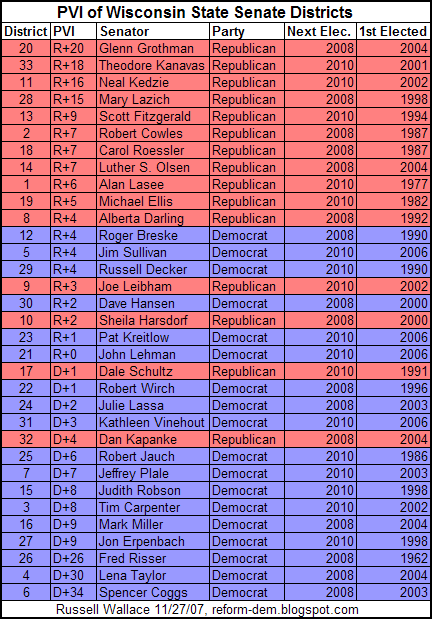Matt Drudge linked to this Gallup Poll which claims to show that Republicans have significantly better mental health than Democrats. Conservatives will probably have a lot of fun with this, but the poll is probably worthless because Gallup doesn't address the single biggest source of inaccuracy in any such poll: Self-reporting bias.
Unless you know that conservatives are just as likely to report mental health issues as moderates and liberals, or you understand and correct for any such bias, the data is garbage. Given the stigma still attached to mental illness among more traditional social and religious groups, members of those groups are almost certain to underreport symptoms of mental illness. For a simple but good discussion of the some of the ways surveys and studies can be biased see this web page.
To understand self-reporting bias, consider a survey asking people if they're gay. How many conservatives, particularly religious conservatives, would admit being gay to a pollster when most of them can't even admit it to themselves. Think Larry Craig and you'll understand why Gallup probably has this wrong.
Friday, November 30, 2007
Monday, November 26, 2007
WI Senate Partisan Voter Index Ratings

The scorecard above shows Wisconsin State Senate districts sorted from the most Republican to the most Democratic based on their Partisan Voter Index (PVI), which is a simple measure of how strongly a political district leans towards one party or another compared to the area as a whole. Red seats are Republican and blue are Democratic. PVI doesn't decide races, but it's a good measure of the overall political landscape.
Based on the chart it's easy to see which seats are likely to be toughest in 2008. For Dems it's going to be Breske and Hansen, and for Republicans it's going to be Kapanke. Breske's long tenure gives him an advantage, and Hansen was first elected in 2000 which helps, but Kapanke looks mighty vulnerable as a first term incumbent.
PVI was developed by Charlie Cook of the Cook Political Report specifically for comparing US congressional districts, so I'm taking some liberty by using the term for a similar measure of state electoral districts. The underlying statistical analysis is essentially the same except that the results are normalized to state rather than federal presidential election results.
To calculate the PVI for each district I totaled the presidential results for every ward in that district and then adjusted for the statewide results. There are more than 3500 wards in Wisconsin so this was a bit of a job although I automated much of it. I also simplified things by using only the 2004 presidential election. Cook uses the two most recent elections, but doing so would greatly increase the work required because I'd have to manually adjust for ward changes resulting from the 2002 redistricting. I don't exactly get paid for doing this stuff...
I'm working on a similar analysis for Assembly districts, so watch for that in the near future.
Subscribe to:
Comments (Atom)
